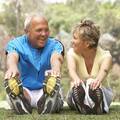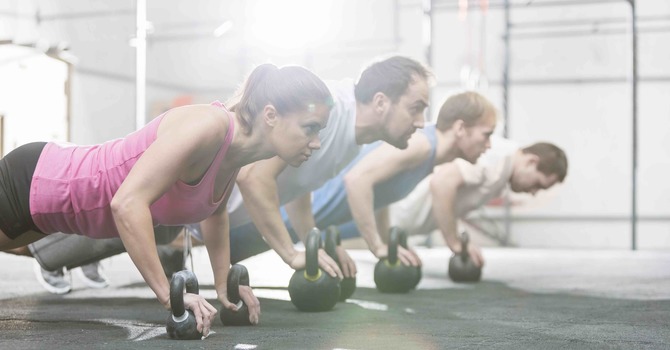You worked hard this week...great job! You lifted, ran, played sports, or even did yard work. Now it’s your “rest day.”
But before you crash on the couch all day, think about this:
Rest doesn’t have to mean doing nothing.
In fact, your body might feel better and recover faster if you keep moving just a little. That’s what active recovery is all about.
Let’s break it down.
What Is Active Recovery?
Active recovery means doing light movement to help your body heal—without pushing it too hard.
It’s not about hitting a new record or getting super sweaty. It’s about moving just enough so your body can reset, rebuild, and feel better.
When you rest on the couch (passive rest), your body slows down. But when you do active recovery, you help blood move through your body. That brings fresh oxygen and nutrients to sore muscles. It also helps your body clean out the stuff that builds up after tough workouts.
Active recovery is not “just moving.” It’s smart, helpful movement that lets you:
- Feel better
- Move better
- Stay on track with your training
Why Doing Nothing Isn’t Always Best
Yes, your body needs breaks. But that doesn’t mean sitting still all day.
In fact, resting too hard can make you feel worse.
You might feel stiff, tight, or even more sore the next day.
When you add a little movement on rest days, your body switches into “recovery mode” faster. And mentally, you stay in the habit of showing up for yourself, even on the easier days.
It also helps you avoid injuries. Moving gently keeps your joints and muscles working well. So when it’s time to train again, you feel ready...not rusty.
Easy Ways to Do Active Recovery
The best part? Active recovery is simple. You don’t need fancy gear or a ton of time. Here are some of our favorite ways to stay active on rest days:
Walking
Don’t sleep on walking! Just 20–40 minutes can boost blood flow, clear your head, and loosen tight muscles. Plus, it’s a great time to enjoy nature or catch up on a podcast.
Light Biking
Ride a stationary bike or cruise around your neighborhood. Keep it easy and smooth. It’s gentle on your joints and helps your legs feel fresh again.
Yoga or Stretching
A little yoga, stretching, or a short mobility routine helps you move better and feel more open. Focus on your breath and areas like your hips, back, and shoulders—especially if you’ve been lifting or sitting a lot.
Swimming
Swimming is awesome because the water supports your body. It’s full-body movement without pressure on your joints. Even just floating or doing light laps feels amazing.
Rucking
This one’s a favorite of mine and Dr. Mark. Rucking means walking with a weighted backpack or vest.
It gently works your core, back, and legs—without pounding your joints like running. It helps posture, builds strength, and makes your walk feel more intentional.
Plus, there’s something cool about heading outside with a purpose.
Be Curious (One of Our Core Values)
At On Point, we talk a lot about being curious. Not just about ideas, but also about your body.
Ask yourself:
What makes me feel better?
What helps me move stronger?
What’s holding me back?
When you’re curious, you stop seeing rest as “doing less,” and start seeing it as a chance to learn and grow.
Try new things like rucking, mobility drills, or light movement, and notice how your body responds.
Asking better questions leads to better answers. That’s how we keep getting stronger.
Final Thoughts
Rest days are important. But they don’t have to mean zero movement.
Active recovery helps you:
- Heal faster
- Stay connected to your goals
- Keep your body moving well
It reminds us that growth doesn’t just happen during the big, sweaty workouts. Sometimes it happens during the small stuff like a stretch, a breath, a walk.
By choosing active recovery, you’re building habits that match who you want to become. You’re showing up for yourself...even on rest days.
And that matters.

Dr. Ryan A. DiPrimo
Contact Me



